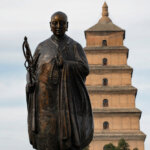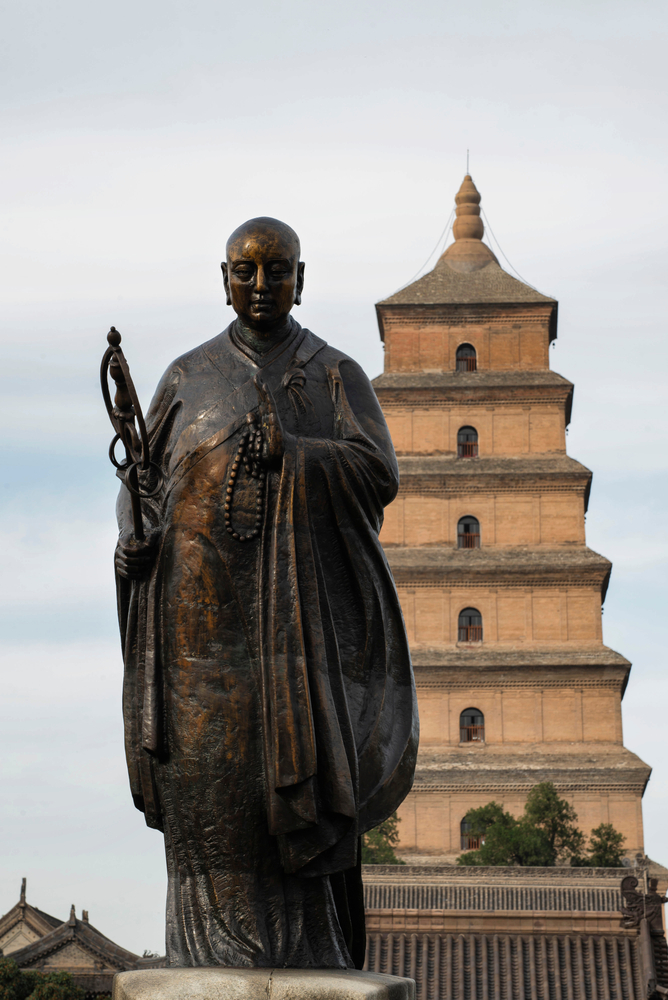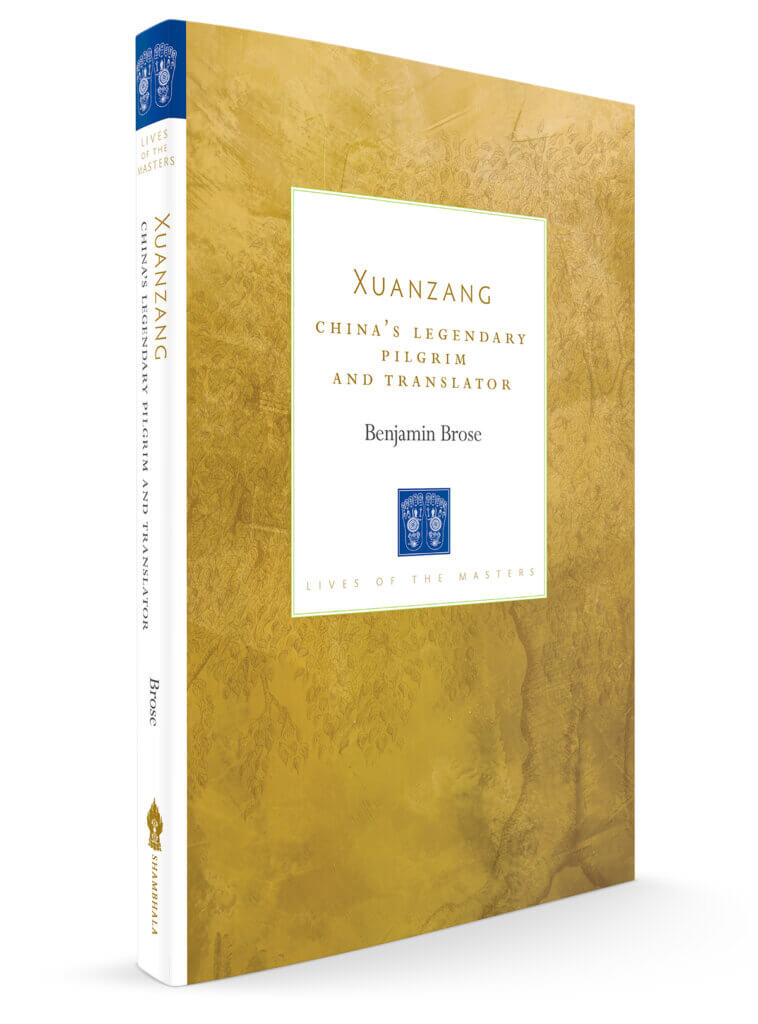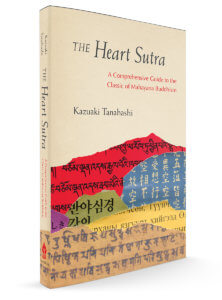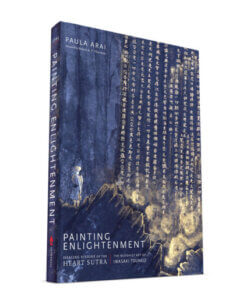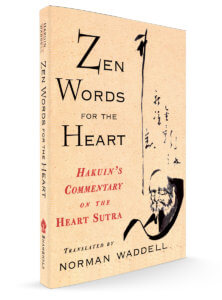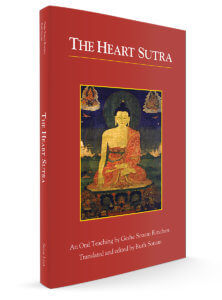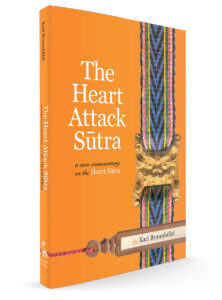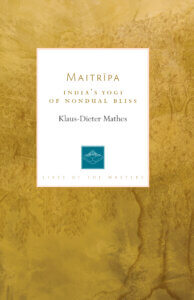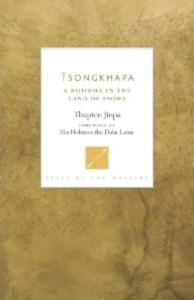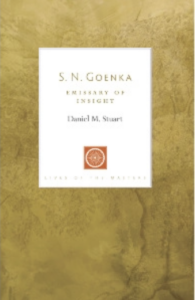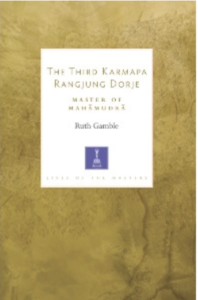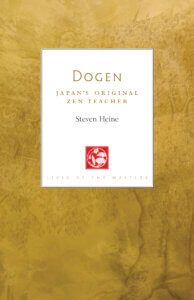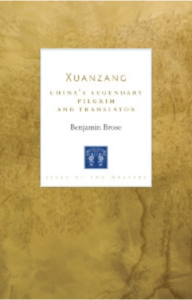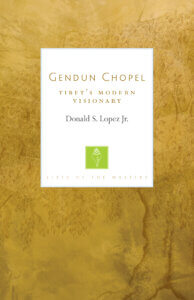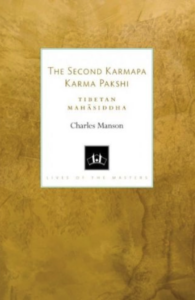The Life of the Xuanzang (602-664 CE)
Xuanzang was a 7th century Chinese monk, scholar, and translator well known for his legendary pilgrimage from India to China and his subsequent introduction of Indian Buddhist philosophy in China. His travelogue includes some of the most detailed accounts of 7th century Central and South Asia and, to this day, continue to inspire interest in the social, political, and religious study of the region. While his travels alone are greatly celebrated to a near heroic status, his introduction of Buddhism, specifically Mahayana Yogacara was just as remarkable, if not more. Unfortunately, while adherents to his teachings have attempted to resurrect Xuanzang's teachings of Yogacara several times throughout history, the school of thought surrounding Xuanzang continues to wax and wane from Chinese interest. Nonetheless, the effects of Xuanzang's exalted life and teachings continue to inspire. From the use of his travelogue in archeological findings to his transformation into a deified member of the Japanese Buddhist pantheon, his near superhuman life is regarded with great respect and admiration.
Xuanzang, in short, has proven a remarkably malleable monk. People recognize themselves in him, and for that reason it can be difficult to locate the man behind all the myth. This presents a challenge for anyone wanting to portray Xuanzang’s life, work, and legacy. He is a teacher whose teachings are not much remembered, a scholar whose scholarship is not widely studied, and a traveler whose travels have been invested with a wide range of meaning. As with many premodern religious figures, the legends surrounding Xuanzang’s life have taken on lives of their own. His story has been retold, reshaped, and repurposed by generations of devotees, historians, salespeople, and entertainers. Collective beliefs conjure their own realities. The Xuanzang depicted in movies, TV shows, news stories, dramas, and high school history books may be a mixture of fact and fiction, but the iconic form of the pious, resolute traveler is now far more recognizable and influential than the eru-dite seventh- century court cleric who devoted his life to studying Buddhist doctrine and translating Sanskrit texts.
This book charts a course between the earliest, most reliable accounts of Xuanzang’s life and some of the later, more fantastic legends.
-Benjamin Brose, from the introduction to Xuanzang: China's Legendary Pilgrim and Translator
Xuanzang
China's Legendary Pilgrim and Translator
By Benjamin Brose
In the fall of 629, Xuanzang (600–662), a twenty-nine-year-old Buddhist monk, left the capital of China to begin an epic pilgrimage across the country, through the deserts of Central Asia, and into India. His goal was to locate and study authentic Buddhist doctrine and practice, then bring the true teachings back to his homeland. Over the course of nearly seventeen years, he walked thousands of miles and visited hundreds of Buddhist monasteries and monuments. He studied with the leading teachers of his day and compiled a written account of his travels that remains a priceless record of premodern Indian history, religion, and culture. When Xuanzang finally returned to China in 645, he brought with him a treasure trove of new texts, relics, and icons. This transmission of Indian Buddhist teachings to China, made possible by Xuanzang’s unparalleled vision and erudition, was a landmark moment in the history of East Asian Buddhism.
As with many great pre-modern religious figures, the legends surrounding Xuanzang’s life have taken on lives of their own. His story has been retold, reshaped, and repurposed by generations of monastics and laypeople. In this comprehensive and engaging account, Benjamin Brose charts a course between the earliest, most reliable accounts of Xuanzang’s biography and the fantastic legends that later developed, such as those in the classic Chinese novel Journey to the West. Xuanzang remains one of the most consequential monks in the rich history of Buddhism in East Asia. This book is an indispensable introduction to his extraordinary life and enduring legacies.
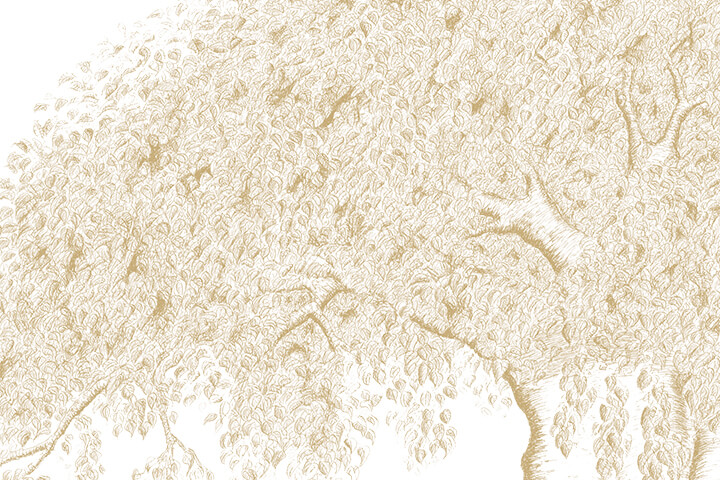
Xuanzang's Legacy and Influence
While his teachings and scholarship are not widely available today, his influence on Buddhism across Asia is undeniable. Although he is not solely responsible for the introduction of texts and philosophical ideas into China, Japan, Korea, Taiwan, and so on, it's fair to say his life and legacy made a notably large impact.
Xuanzang's Translation of the Heart Sutra
As described by Benjamin Brose in Xuanzang, one of the most influential texts translated by Xuanzang was the Heart of the Perfection of Wisdom Sutra, or Prajñāpāramitāhṛdaya Sutra. Today this short yet deeply revered text is recite daily in temples and monasteries throughout China, Korea, Japan, and Vietnam, among other parts of the world.
While the Heart Sutra is well-known as a presentation of the central themes of emptiness associated with the Mahāyāna, it also serves as a talisman for protection against danger. According to Xuanzang's biography, he first learned of the Heart Sutra after helping a sick man recover from illness. Wanting to offer Xuanzang something in return, the newly recovered man taught him the Heart Sutra.
More stories like this in addition to a translation of Xuanzang's original Chinese translation of the Heart Sutra can be found in Broses' Xuanzang.
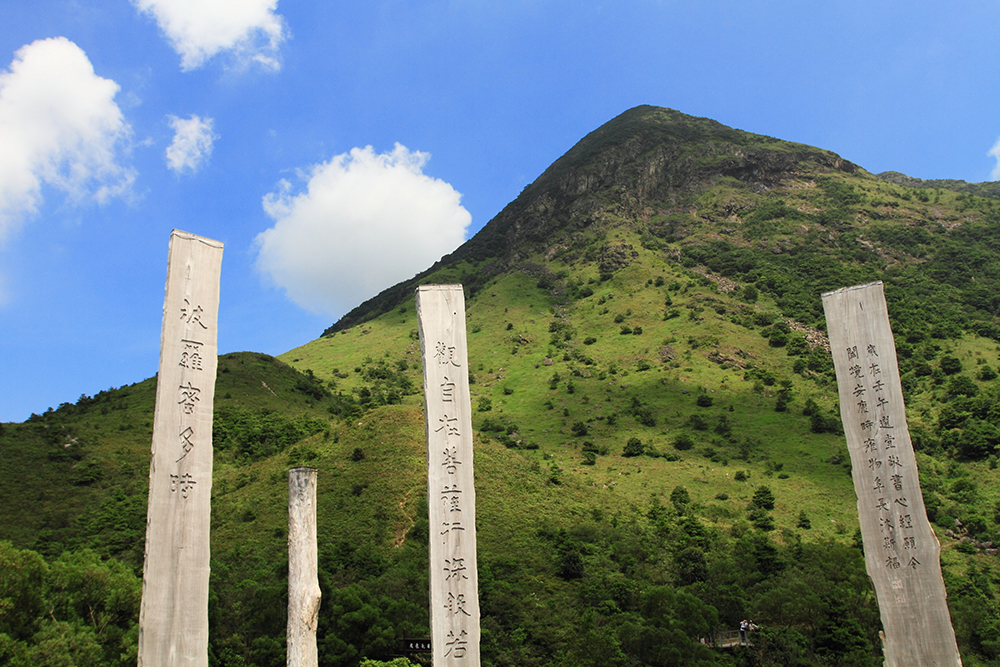
As described by Brose, Xuanzang's translation of the Perfection of Wisdom Sutra was later transmitted to Japan from China where it continued to take on talisman-type qualities. Believed to have the power to ward of spirits, obstacles, and military incursion and increase positive conditions like timely rain, good harvest, and harmony among family members, the Heart Sutra was (and continues to be) chanted in ritual readings known as "Great Perfection Assemblies." Not only was Xuanzang largely responsible for transmitting the text itself to Japan, but he was later absorbed into the Japanese pantheon as one of the sixteen "good spirits" that are able to provide protection for those who recite and express devotion to the Perfection of Wisdom Sutra.
Paintings such as the one here are hung above the alter during these readings and often found on the front-piece of sūtras found in Japan.
"The transformation of a long- dead Chinese monk into a living member of the Japanese Buddhist pantheon is an honor rarely accorded historical clerics. Xuanzang was venerated not just as a great pilgrim and translator but also as a deity endowed with extraordinary powers. The mythology that grew up around his life— his association with the Buddha, his ability to subjugate demonic forces, and his retinue of divine escorts and guardians— was not unique to Japan. A similar apotheosis took place in China during roughly the same period, but legends of Xuanzang’s life on the continent were far more elaborate, colorful, and widespread."--Benjamin Brose, Xuanzang: China's Legendary Pilgrim and Translator
More stories like this in addition to a translation of Xuanzang's original Chinese translation of the Heart Sutra can be found in Broses' Xuanzang.
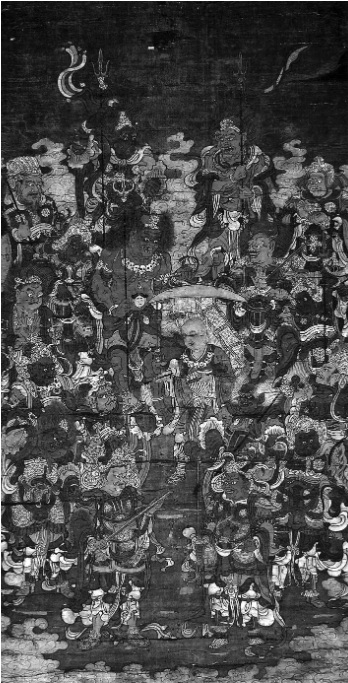
In addition to his biography in the Lives of the Masters series, Kazuaki Tanahashi's The Heart Sutra discusses the expansion of the teachings on the Heart Sutra across China, Japan, and Korea including more recent scholarship. Several chapters are dedicated to Xuanzang's pilgrimage and the importance of his life and translation of Mahayana texts, specifically the Heart Sutra.
The Heart Sutra
A Comprehensive Guide to the Classic of Mahayana Buddhism
By Kaz Tanahasi
The Prajna Paramita Hridaya Sutra is among the best known of all the Buddhist scriptures. Chanted daily by many Zen students, it is also studied extensively in the Tibetan tradition, and it has been regarded with interest more recently in the West in various fields of study—from philosophy to quantum physics. In just thirty-five lines, it expresses the truth of impermanence and the release from suffering that results from the understanding of that truth with a breathtaking economy of language. Kazuaki Tanahashi’s guide to the Heart Sutra is the result of a life spent working with it and living it. He outlines the history and meaning of the text and then analyzes it line by line in its various forms (Sanskrit, Chinese, Japanese, Korean, Tibetan, Mongolian, and various key English translations), providing a deeper understanding of the history and etymology of the elusive words than is generally available to the nonspecialist—yet with a clear emphasis on the relevance of the text to practice.
"Xuanzang’s fresh use of words in translation, combined with his high degree of accuracy, stimulated a surge of Buddhist studies and thought, resulting in the rise of a golden age of Buddhism in China and beyond."
Other Books on the Heart Sutra
While not explicitly related to Xuanzang, below are a few books and resources on the Heart Sutra available from Shambhala. Also, check out our Reader's Guide to the Heart Sutra
Painting Enlightenment
Healing Visions of the Heart Sutra
By Paula Arai
The Heart Sutra—among the most famous of Buddhist scriptures—has been treated with reverence for centuries. Practitioners and calligraphers have honored the sutra by hand copying it dozens, hundreds, and even thousands of times. Bringing that tradition into the modern era, Japanese artist Iwasaki Tsuneo (1917–2002) created an original and exquisitely intricate body of Buddhist art. The subject of his paintings range from classical Buddhist iconography to majestic views of our universe as revealed by science—all created with painstakingly rendered miniature calligraphy of the Heart Sutra.
Zen Words for the Heart
Hakuin's Commentary on the Heart Sutra
Translated by Norman Waddell
Hakuin Zenji (1689-1769) was one of the most important of all Japanese Zen masters. His commentary on the Heart Sutra is a Zen classic that reflects his dynamic teaching style, with its balance of scathing wit and poetic illumination of the text. Hakuin's sarcasm, irony, and invective are ultimately guided by a compassion that seeks to dislodge students' false assumptions and free them to realize the profound meaning of the Heart Sutra for themselves. The text is illustrated with Hakuin's own calligraphy and brush drawings.
The Heart Sutra
An Oral Teaching
By Geshe Sonam Rinchen, edited and translated by Ruth Sonam
This short gem of a book shows how distorted perceptions and disturbing emotions—arising from our misunderstanding of reality—can be completely uprooted, resulting in freedom from suffering.
The Heart Attack Sutra
A New Commentary on the Heart Sutra
By Karl Brunnhölzl
The radical message of the Heart Sūtra, one of Buddhism's most famous texts, is a sweeping attack on everything we hold most dear: our troubles, the world as we know it, even the teachings of the Buddha himself. Several of the Buddha's followers are said to have suffered heart attacks and died when they first heard its assertion of the basic groundlessness of our existence—hence the title of this book. Overcoming fear, the Buddha teaches, is not to be accomplished by shutting down or building walls around oneself, but instead by opening up to understand the illusory nature of everything we fear—including ourselves. In this book of teachings, Karl Brunnhölzl guides practitioners through this 'crazy' sutra to the wisdom and compassion that lie at its core.
Xuanzang and Yogacara
Xuanzang was known for being a proponent of a particular interpretation of the Yogācāra doctrine that derived from the Indian Yogācāra master Dharmapala (530-61). In Xuanzang Brose accounts for the reception of Xuanzang's position on Yogācāra, including its rejection among practitioners of mainstream Chinese Buddhist Mahāyāna. Perhaps this is the reason why Xuanzang's teachings faded from Chinese thought. Nonetheless, while his teachings did not take hold in China, his influence traveled outside of China (mostly to Japan and Korea) after Xuanzang's passing. In fact, the Japanese Hossō school is believed to be founded by Ji, Xuanzang's direct disciple.
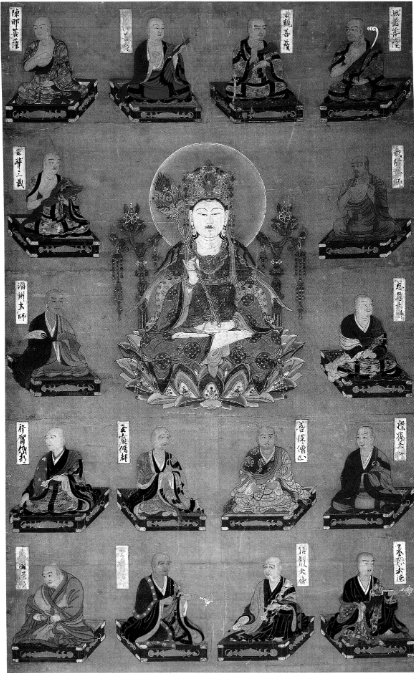
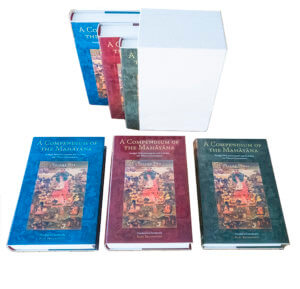
Though not specific to Xuanzang's teachings on Yogacara, Asanga's Mahāyānasaṃgraha, or Compendium of the Mahāyāna, provides the foundational approach to the Yogācāra doctrine from its Indian roots. Karl Brunnhölzl's translation consists of both its Indian and Tibetan commentaries including a commentaries by the Indian masters Vasubandhu and Asvabhāva, plus excerpts from other Indian and Chinese Yogācāra texts.
Although the enthusiasm for Yogācāra in China has mostly receded, the legacy of Xuanzang lives on, primarily through his character and life story. As Brose states,
Xuanzang, by contrast, is more influential than ever. His iconic status, however, has little to do with his translations and teachings. In the modern era, it is Xuanzang’s travels that have become a seemingly inexhaustible source of value and meaning.
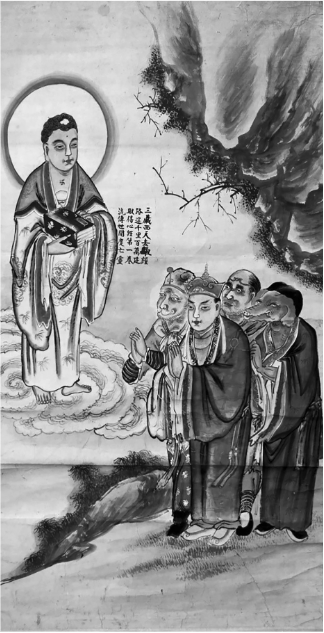
This article is a part of a larger collected of articles dedicated to the Lives of the Master's Series. While highlighting each book in the series, these articles include additional books and themes associated with each volume. See the links below to read more from the Lives of the Masters series or discover other articles and guides for readers.
Discover More Guides for the Lives of the Masters Series
- Atisha: A Guide for Readers
- Tsongkhapa: A Guide for Readers
- > Xuanzang: A Guide for Readers
- The Third Karmapa, Rangjung Dorje
- Gendun Chopel: A Guide for Readers

